Construction News
14/09/2010
Super Sewer Plans Released For Public Consultation
Thames Water launched a 14-week public consultation on plans for the proposed Thames Tunnel, which will significantly reduce sewage discharges into the River Thames.
The tunnel will run up to 20 miles from its starting point in west London, and will broadly follow the route of the river at a depth of up to 75 metres, to the east of Tower Bridge before going one of three ways:
London's Victorian sewer network, although in excellent condition, is not big enough to cope with a 21st century city which has trebled in size since 1850 and is continuing to grow. Many green spaces have been concreted over, preventing natural drainage and causing more water to enter the sewers.
There are 57 overflow points along the river, which were built as a safety feature to prevent the sewers - which capture both sewage and rainfall - from backing up into streets and gardens when full. Used only occasionally in the 19th century during a heavy storm, these overflows can now discharge sewage into the river after as little as just 2mm of rainfall. This happens around once a week on average.
Martin Baggs, Thames Water's Chief Executive, said: "Allowing sewage to continue to overflow into the river at the current frequency is unacceptable. This causes significant environmental damage - killing fish, polluting the river for those who wish to use and enjoy it and affecting the wellbeing of our capital.
"We have got a plan to tackle this problem and have already started work on the £635m four-mile Lee Tunnel in east London and our £675m upgrades at London's five major sewage works.
"The proposed Thames Tunnel is the final and most challenging piece of the overall plan. The new Coalition Government has told us it wants us to press forward with the tunnel, which is the most appropriate and cost-efficient way of tackling the big and growing problem of sewage entering the River Thames."
(CD/KMcA)
The tunnel will run up to 20 miles from its starting point in west London, and will broadly follow the route of the river at a depth of up to 75 metres, to the east of Tower Bridge before going one of three ways:
- north east to connect to the Lee Tunnel at Abbey Mills in Stratford - the shortest of the proposed routes
- east following the river and crossing the Greenwich peninsular up to Beckton Sewage Works in Newham
- or south east, straight to Greenwich and then on to Beckton
London's Victorian sewer network, although in excellent condition, is not big enough to cope with a 21st century city which has trebled in size since 1850 and is continuing to grow. Many green spaces have been concreted over, preventing natural drainage and causing more water to enter the sewers.
There are 57 overflow points along the river, which were built as a safety feature to prevent the sewers - which capture both sewage and rainfall - from backing up into streets and gardens when full. Used only occasionally in the 19th century during a heavy storm, these overflows can now discharge sewage into the river after as little as just 2mm of rainfall. This happens around once a week on average.
Martin Baggs, Thames Water's Chief Executive, said: "Allowing sewage to continue to overflow into the river at the current frequency is unacceptable. This causes significant environmental damage - killing fish, polluting the river for those who wish to use and enjoy it and affecting the wellbeing of our capital.
"We have got a plan to tackle this problem and have already started work on the £635m four-mile Lee Tunnel in east London and our £675m upgrades at London's five major sewage works.
"The proposed Thames Tunnel is the final and most challenging piece of the overall plan. The new Coalition Government has told us it wants us to press forward with the tunnel, which is the most appropriate and cost-efficient way of tackling the big and growing problem of sewage entering the River Thames."
(CD/KMcA)
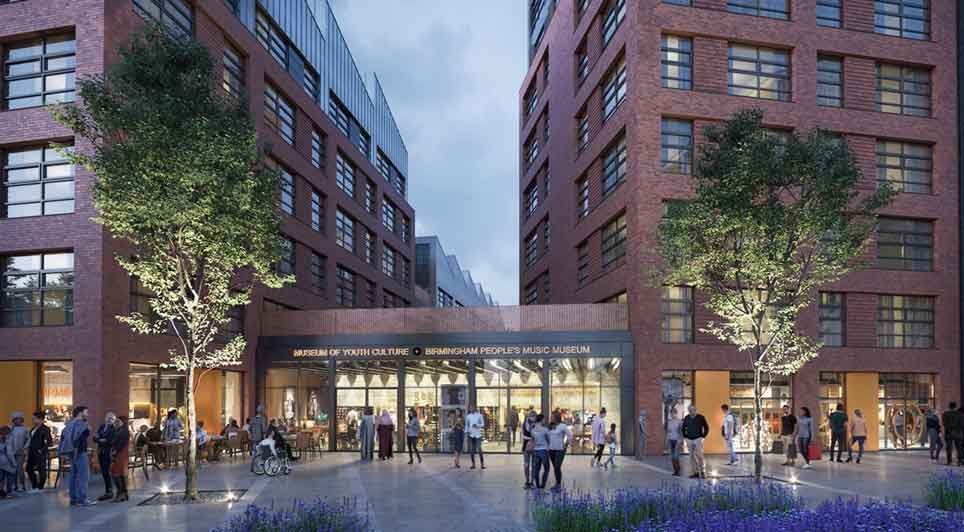
29/01/2025
Caddick Construction has been awarded a £43 million contract to deliver the first phase of Cole Waterhouse's flagship regeneration scheme in Digbeth, Birmingham.
The project, known as Upper Trinity Street, marks a significant step in the area’s transformation.
Spanning 182,986 square feet, the re
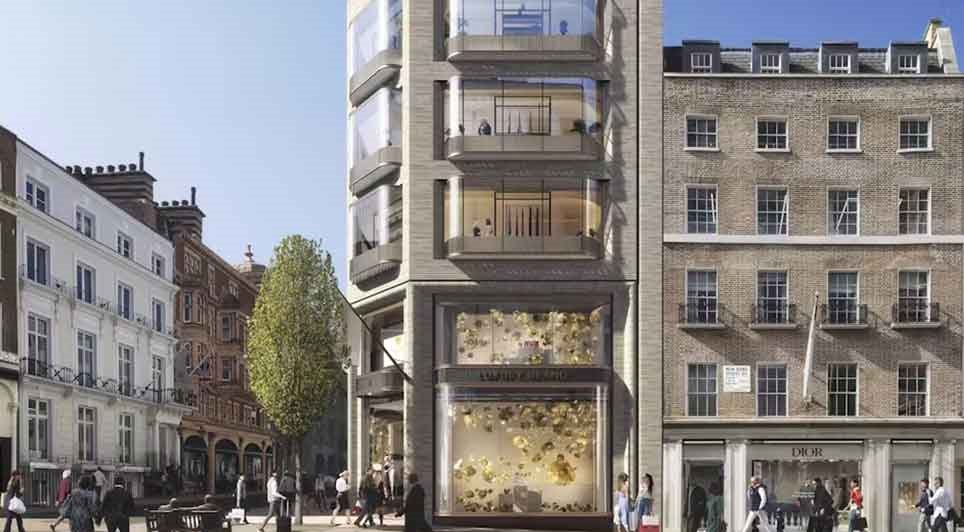
29/01/2025
McLaren Construction has been appointed by O&H Properties to deliver the first phase of a £60 million Foster & Partners-designed development at the corner of New Bond Street and Grafton Street in London’s West End.
The seven-storey, 5,400 square metre prime retail and office scheme will feature ret
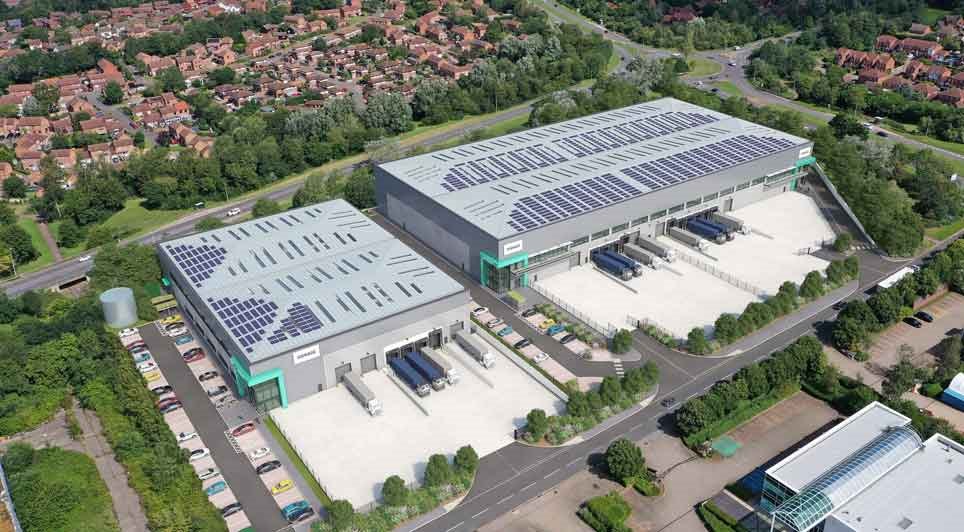
29/01/2025
GMI Construction Group has been awarded a contract to develop three high-specification warehouse units totalling over 175,000 square feet at Precedent Drive, Milton Keynes.
The £20 million project, commissioned by DV5 Last Mile Developments (UK) Ltd, a joint venture between Coltham and Delancey Re
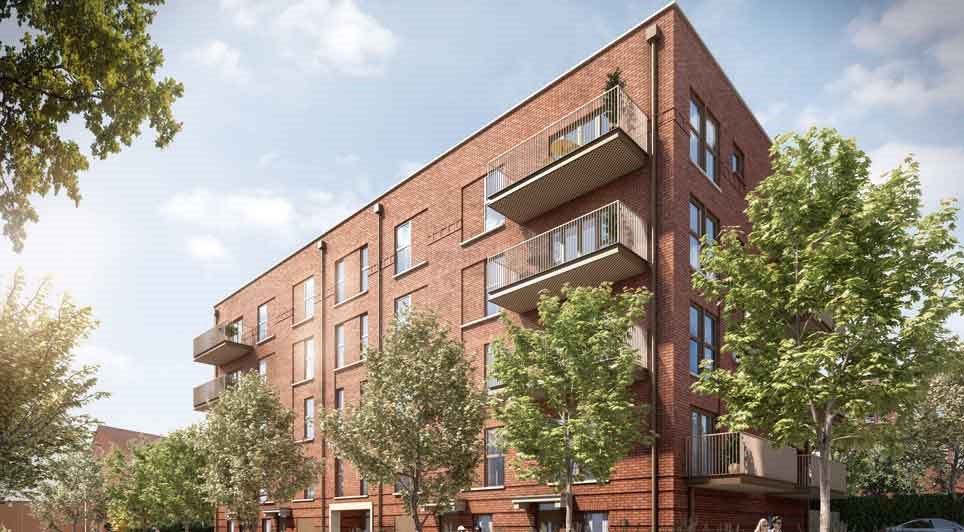
29/01/2025
Plans for 106 sustainable new homes in Southville, a neighbourhood in South Bristol, have been approved as the city seeks to increase housing delivery to address growing demand.
Top 10 award-winning housebuilder The Hill Group will create a £60 million development on Raleigh Road, on land that was
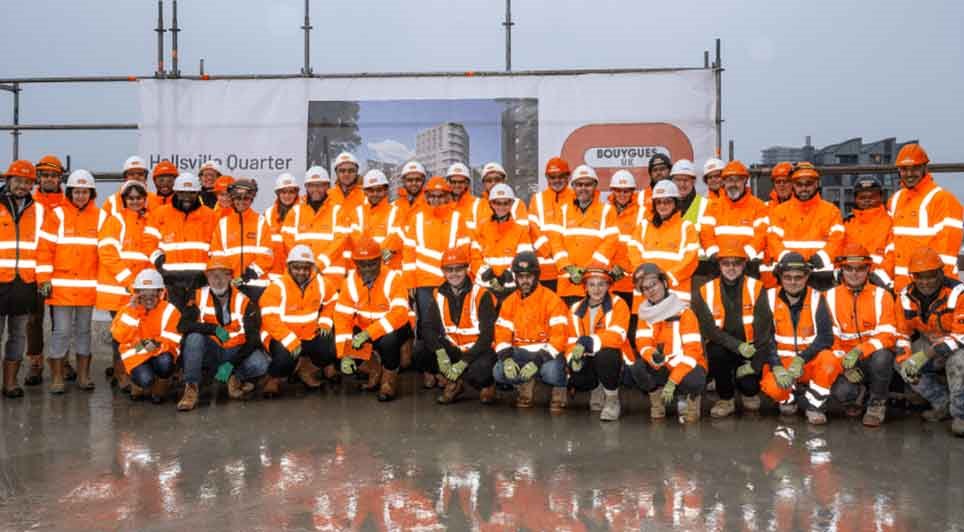
29/01/2025
Bouygues UK has reached a major milestone in the fourth phase of the Hallsville Quarter regeneration project in Canning Town, London.
The project, part of the £3.7 billion Canning Town and Custom House Regeneration Programme, recently held a topping out ceremony, marking the completion of the 11-s
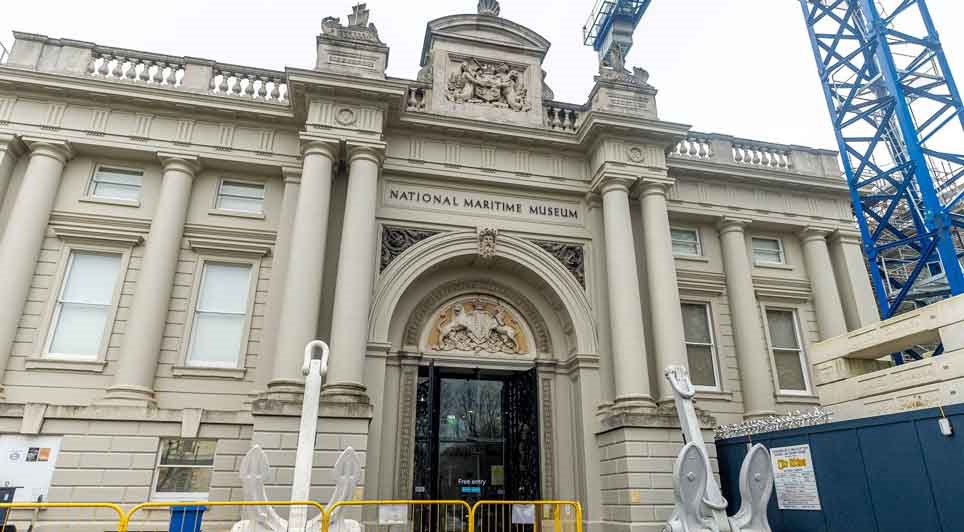
29/01/2025
Willmott Dixon Interiors is carrying out a significant upgrade to the roof of the National Maritime Museum in Greenwich, one of London's most iconic cultural landmarks.
As part of the £12 million project, the company is installing over 23,000 square feet of sun-protected glazing above the museum’s
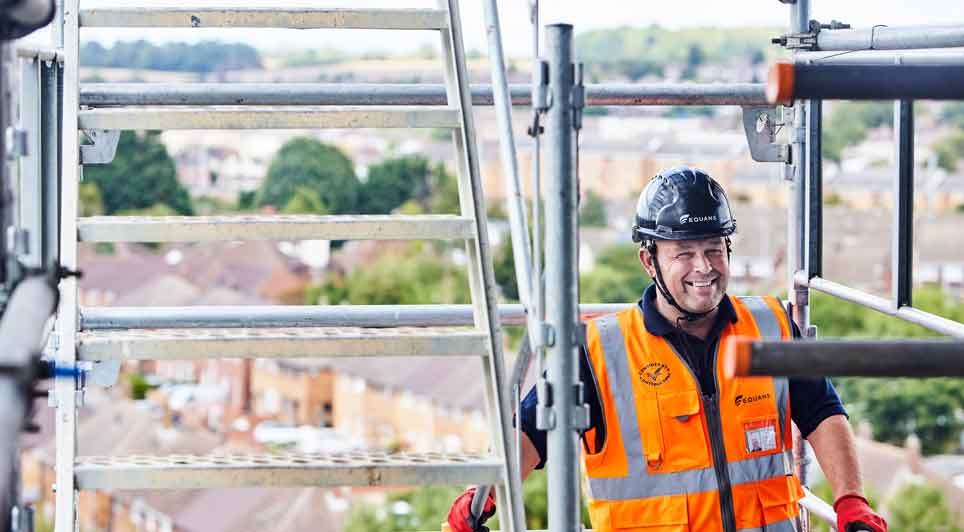
29/01/2025
Equans has been appointed by Babergh and Mid Suffolk District Councils to carry out crucial decarbonisation work across the councils' housing stock, using funding secured through the Social Housing Decarbonisation Fund (SHDF).
The councils used the South East Consortium's Zero Carbon Framework to s
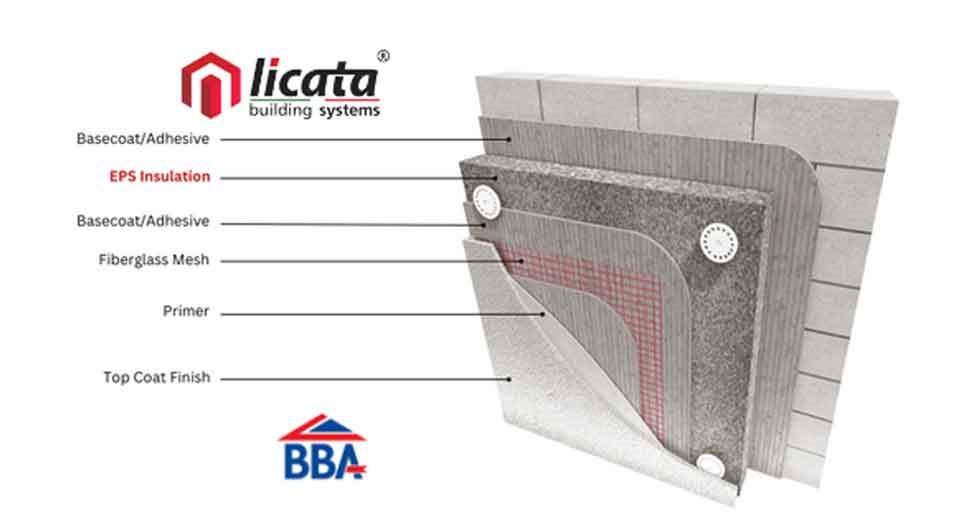
29/01/2025
In the world of construction, the quest for energy efficiency and sustainability is ever-evolving. Among the array of solutions available, EPS (Expanded Polystyrene) insulation stands out as a versatile and effective option for enhancing the thermal performance of buildings, particularly when used f
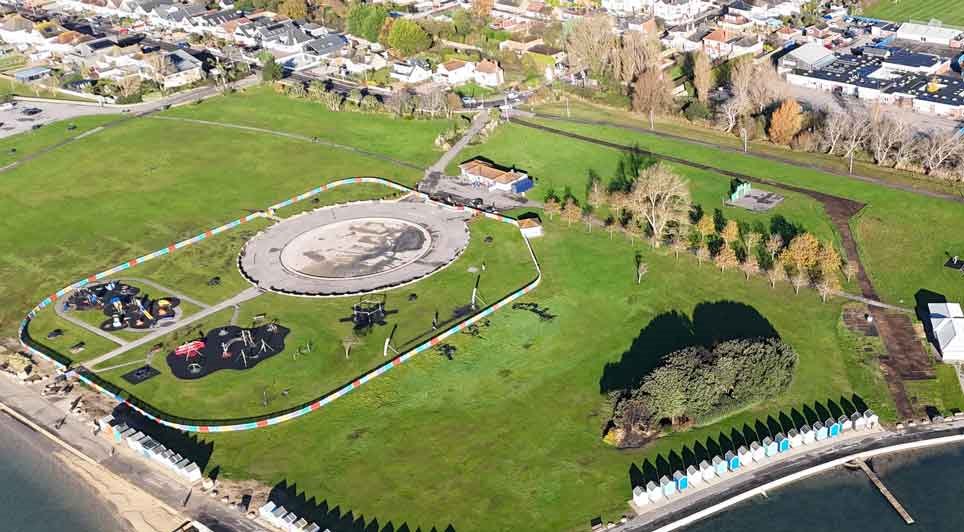
29/01/2025
BCP Council has completed significant coastal protection works at Hamworthy Park, ensuring its resilience against erosion for the next 20 years.
A 200-metre stretch of sea wall along the eastern promenade has been reinforced using low-carbon concrete, while new steps have been constructed to improv
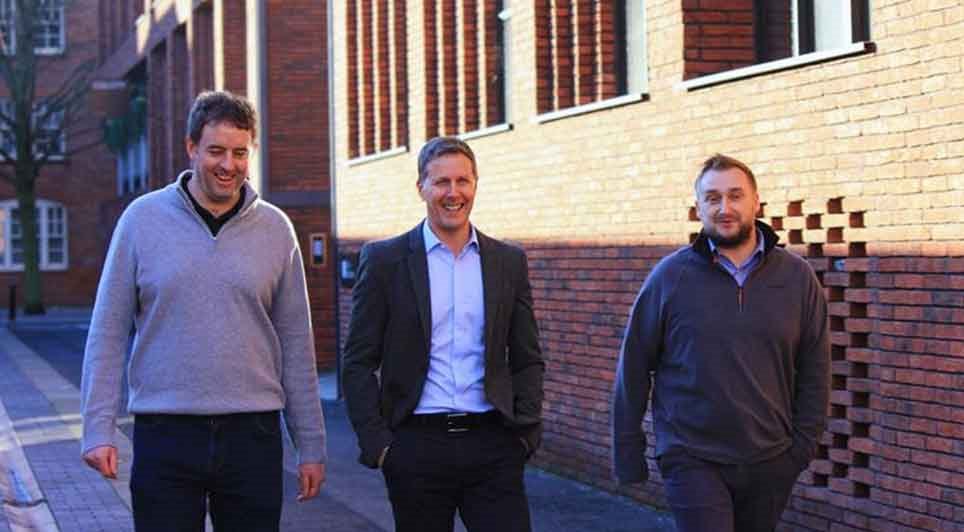
29/01/2025
Geo-environmental consultancy and remediation contractor, The LK Group, has strengthened its team with a trio of recruits.
The multidisciplinary company's latest raft of hires comprises a new director, associate director and remediation manager.
The geo-environmental specialist, headquartered i
 UK
UK Ireland
Ireland Scotland
Scotland London
London











